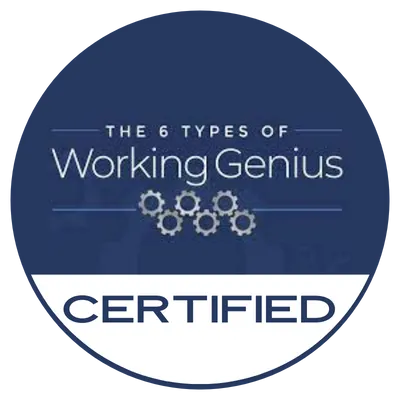
How to Maximize Your Business Valuation by Strategic Positioning
When potential acquirers first evaluate your business, their initial classification can significantly impact its value. Some industries inherently command higher valuations than others, and being categorized in a less favorable industry can pose challenges.
Consider the experience of Jeremy Parker with Swag.com. Initially, investors perceived Swag.com as a mere distributor of promotional products, an industry with notoriously low valuations. Despite Parker's attempts to reframe Swag.com as more than a middleman, investors offered only low single-digit multiples of EBITDA.
Determined to change this perception, Parker repositioned Swag.com as an e-commerce platform with a memorable domain name, world-class merchandising, and a top-tier direct-to-consumer (DTC) buying experience. This strategic rebranding shifted investor perception, transforming Swag.com from a simple distributor to a technology-driven digital commerce leader. Consequently, Parker received acquisition offers valuing his $30 million company at a significantly higher revenue multiple.
This story underscores the importance of initial categorization by acquirers and the difficulty of shifting that perception once set. If your business doesn't fit neatly into a favorable industry, it can be challenging to change initial impressions. Acquirers often compare businesses to others within the same industry, using lower benchmarks and valuation multiples from less favorable categories, which complicates efforts to argue for a higher valuation. Additionally, the initial narrative about your business can stick, and attempts to reframe it later may face skepticism.
How to Position Your Business as Highly Valuable
To ensure your business is categorized favorably from the start, consider these strategies:
1. Clear Positioning:
Articulate your business’s value proposition and industry position clearly. Avoid ambiguous descriptions that might lead to misclassification. Be explicit about where your business fits and why it should be valued accordingly.
2. Highlight Industry Trends:
Emphasize positive trends in your industry and how your business is positioned to capitalize on them. Use data and market analysis to support your claims and shift perceptions.
3. Put Your Best Foot Forward:
If your business spans multiple industries, highlight the most favorable one. Demonstrate how your company leverages the strengths of high-value industries, and downplay associations with lower-value ones.
4. Leverage Third-Party Validation:
Use endorsements, industry awards, and analyst reports to support your positioning. Third-party validation can lend credibility to your claims and help shift acquirer perceptions.
When selling your company, perception is everything. The category investors place your business in can make or break the deal. By strategically positioning your business from the outset, you can maximize its valuation and ensure a more favorable outcome in acquisition negotiations.
FREE BUSINESS VALUATION
Large Call to Action What is Your Business Worth?
You can Discover the Value of Your Business in Less than 20 Minutes!
Join 70,000 business owners and get your score on the 8 Factors That Drive Your Company’s Value, a comprehensive analysis of your score and a detailed action plan for how to improve your score on each.

DISCOVER HOW YOUR COMPANY CAN UNLEASH STRATEGIC INNOVATION
Attract, engage, and retain top talent
Integrate new technologies like AI
Build competitive advantage
Create profitable growth
"Wow! This is incredibly powerful! My integrator needs to see this right away.
Chris C.
Visionary and CEO


We run our business on EOS
We run our business on EOS


